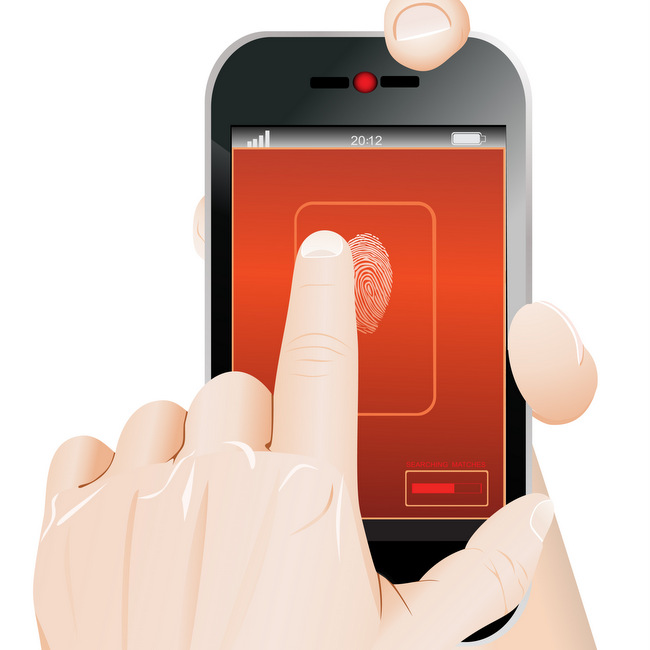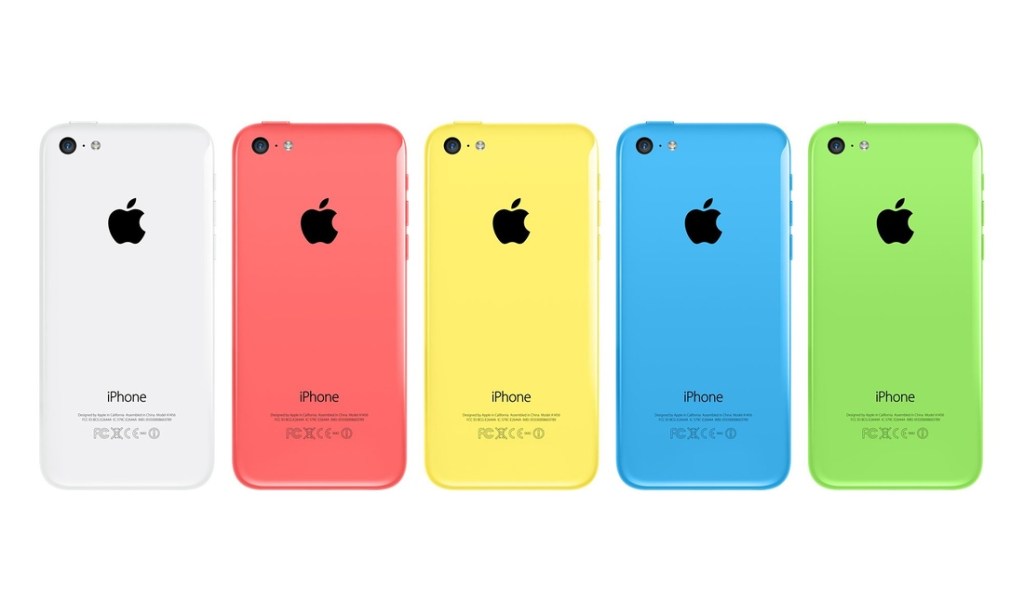The password and its powers to secure our data is a topic that’s constantly on the minds of technology companies, and equally discussed by users. The central problem with the current form of data protection is what it needs to be most effective: passwords should be long, complicated, and changed regularly, thus increasing the possibility that they are forgotten by the account holder. Considering that that typical person nowadays requires 11 unique passwords, the system is unsustainable. The security landscape is subject to change even more since employees started bringing their own smartphones and other devices to work. Proliferation of individual devices is seen by many as a serious security threat, but there are also those who see this as a chance to improve security by using biometric authentication. Some researchers are inclined to think that mobile computing will be the driver and enabler of it. Biometric authentication is not new technology; it actually started in 2004 when IBM introduced the first fingerprint reader in its ThinkPad T42. Clain Anderson said then that the customer response to the fingerprint reader made biometric security a must-have feature; they invested in development of built-in iris scanners on portable computers. The trend continued, and now many of the laptops come with built-in fingerprint readers. Living in an era dominated by smartphones, the same tactic is slowly being adopted. The latest iPhone model, the 5S, has as one of its main attractions (and distractions at the same time), the Touch ID function, the sensor that scans the holder’s fingerprint, but only unlocks the device if the finger is that of the owner’s. Responding to privacy concerns over who will have access to this data, Apple stated that the fingerprint record won’t be saved on their servers, but on...
Double iPhone Launch Event
5C and 5S debut
Tim Cook, Craig Federighi, and Phil Schiller shared the stage presenting the much awaited updates from Apple earlier this month. The presentation started with news about what’s next for the iDevices (iOS 7 with now free built-in apps), but the stars of the event were the two iPhones that will be available starting today (Friday, Sept. 20): the iPhone 5C and the iPhone 5S. The media gave tech fans a preview of what’s to come after the Sept. 10 meeting. Their reaction? Many are wondering what the C in 5C stands for. Seems like so far the most-used term is ‘cheap’, and the colorful device is in fact the closest thing Apple has introduced to a budget model. The iPhone 5C “comes with everything from the iPhone 5 and more”: with the same four-inch 1136×640 display as iPhone 5, the same A6 processor and with the same 802.11a/b/g/n; 802.11n on 2.4GHz and 5GHz; the improved iSight 8MP camera is also unchanged in the 5C model. Price-wise it is just $100 less than its classy twin, the iPhone 5S: the 16GB comes at $99 and the 32GB at $199 (with contract); pretty much the 5C took the place of the no longer existing iPhone 5. The unusual aspect of this product launch was in fact the introduction of the 5 colors in the design of the phone. The classic black and white line has now made room for an iPhone that’s vibrant, especially with the custom designed cases that allow the customers to mix and match all five colors. Could be that this is Apple’s way of producing still the iPhone 5, but in a cheaper way. However, cheap material at Apple doesn’t feel cheap because of the injection molding process, more precisely out of a single piece of plastic that ensures strength above the norm. A new process, spray coating the phone’s backplate with a clear lacquer hard coat, does to the plastic something similar with the effect glazing has to pottery, preventing scratching and giving it that glossy, freshly painted look. The 5C, although made out of plastic, feels like ceramic. The debut’s main spotlight was on the S upgrade. The new A7 chip brings amazing graphic powers and the motion-sensing M7 chip is the cherry on top that unleashes all those fantastic iOS7 features. The monstrous A7 is Apple’s first 64-bit system-on-chip and the apps in iOS7 will also be 64-bit. The graphics are 56-times faster than the original iPhone and the CPU performance is up to 40-times faster and double the speed of the A6 in iPhone 5. The M7 is the “motion co-processor”; it reviews the data coming from sensors without activating the full-power of the A7 which adds to the battery life. It’s demonstrated by the improved battery life of up to 10 hours on 3G, up to 250 hours in standby and up to 8 hours on 3G, 10 hours on LTE and up to 10 hours on Wi-Fi. One of the most debated upon features is the fingerprint scanner where the home button is. It operates easily: once the thumb is placed on the sapphire crystal button, the silver or gold ring around it detects it and runs a scan. Touch ID can be used not only to protect your phone from foreign hands, but also to make purchases in iTunes. The phone can be shared with a family member or more, as it can be setup to read multiple fingerprints. Some love the idea and see a great potential in the security of their device, while others worry about the NSA and identity thieves trying to get their biometric data. It feels as if worrying about such scenario is equal to imagining that Verizon is listening in to all of our phone calls or that Visa tracks all our purchases. On this topic Apple stated that this information is kept on...


